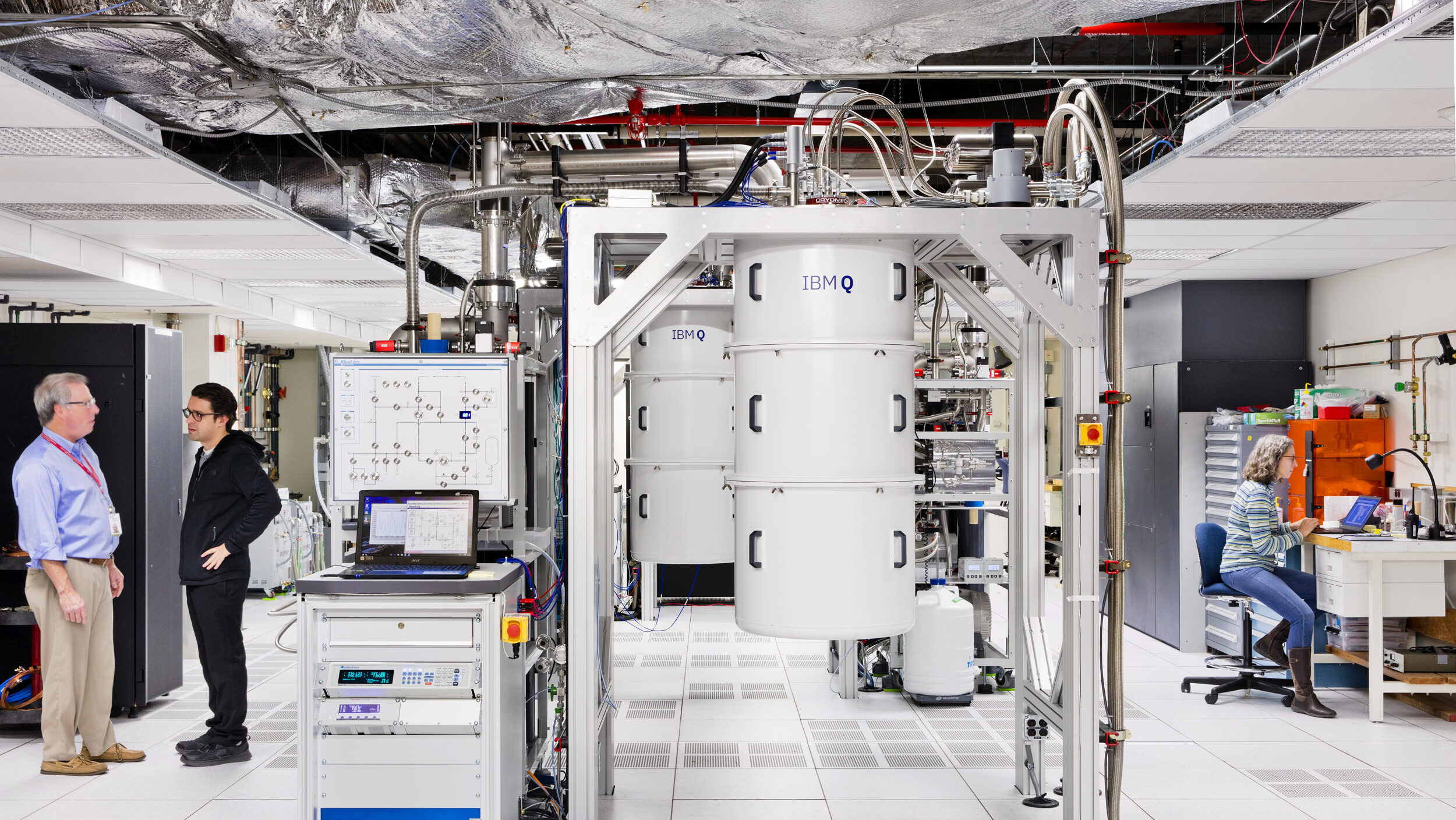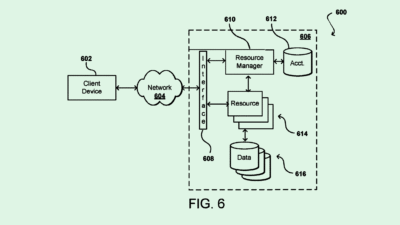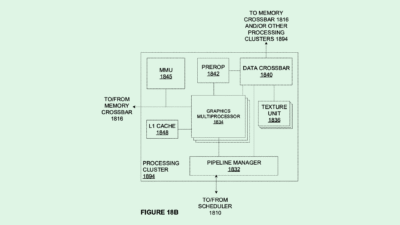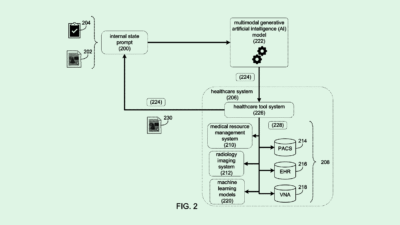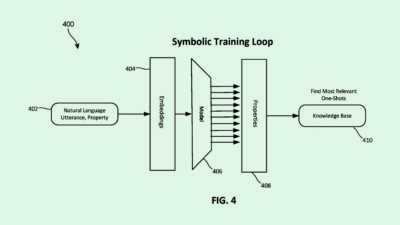mRNA Research by IBM, Moderna Shows Quantum’s Present-Day Uses
“We’re pushing the boundaries of the size of the problems we can look at with quantum.”
Sign up to get cutting-edge insights and deep dives into innovation and technology trends impacting CIOs and IT leaders.
The timeline for scaling quantum might be murky, but the tech is being put to use in the here and now.
IBM and Moderna released research on Thursday advancing the use of quantum computing in the development of mRNA medicines, a rapidly growing field that was used in the development of the Covid-19 vaccine. The research uses both classical computing and quantum computing methods to tackle increasingly complex problems.
Quantum computing was used to complement and extend the capabilities of classical algorithms in identifying “biological mechanisms involved in a disease” as a means of developing mRNA medicines, according to the report. That involved “mapping” the astronomical number of ways that mRNA proteins can fold, Sarah Sheldon, senior manager of applied quantum science at IBM, told CIO Upside.
“While they have very good solutions for this today with classical computers, it’s something that gets harder and harder as you look at more complex problems,” Sheldon said. “As this mRNA sequence link gets longer, it gets exponentially harder.”
The work, she said, plays well to quantum’s strength in optimization:
- In the context of medicine, this means that quantum can more rapidly tackle exponentially complex research in drug discovery. “We’re pushing the boundaries of the size of the problems we can look at with quantum,” said Sheldon.
- And quantum is an “interdisciplinary field,” she added. The next step is figuring out how to translate these optimization and efficiency gains into other domains. The tech is a natural fit for things like chemistry, materials science and high-energy physics, she noted.
- “It’s really about finding the right problems for the algorithms that we have,” she said.
There are still plenty of barriers to scaling this tech, including its sensitivity to environmental factors such as temperature and “noise” that can knock it out of the delicate superposition on which it depends. But as the tech develops at an increasingly fast rate with the attention of tech giants like Google, Amazon, Microsoft and IBM, the job now is to figure out how to best put it to use.
“We work in parallel,” she said. “We always are trying to build bigger and better hardware, improving the quality as well as the size of our systems … And then, at the same time, we keep working on algorithm development.”
